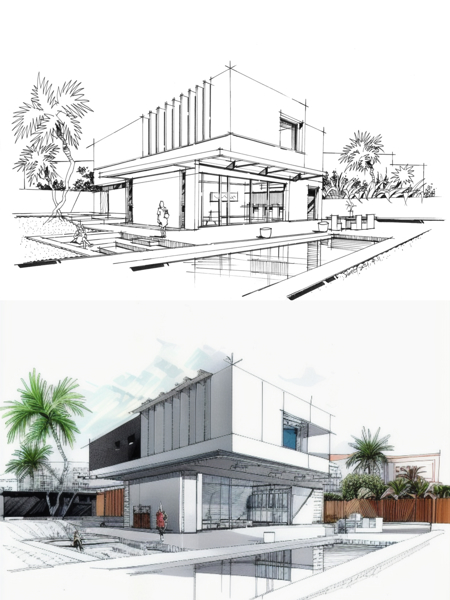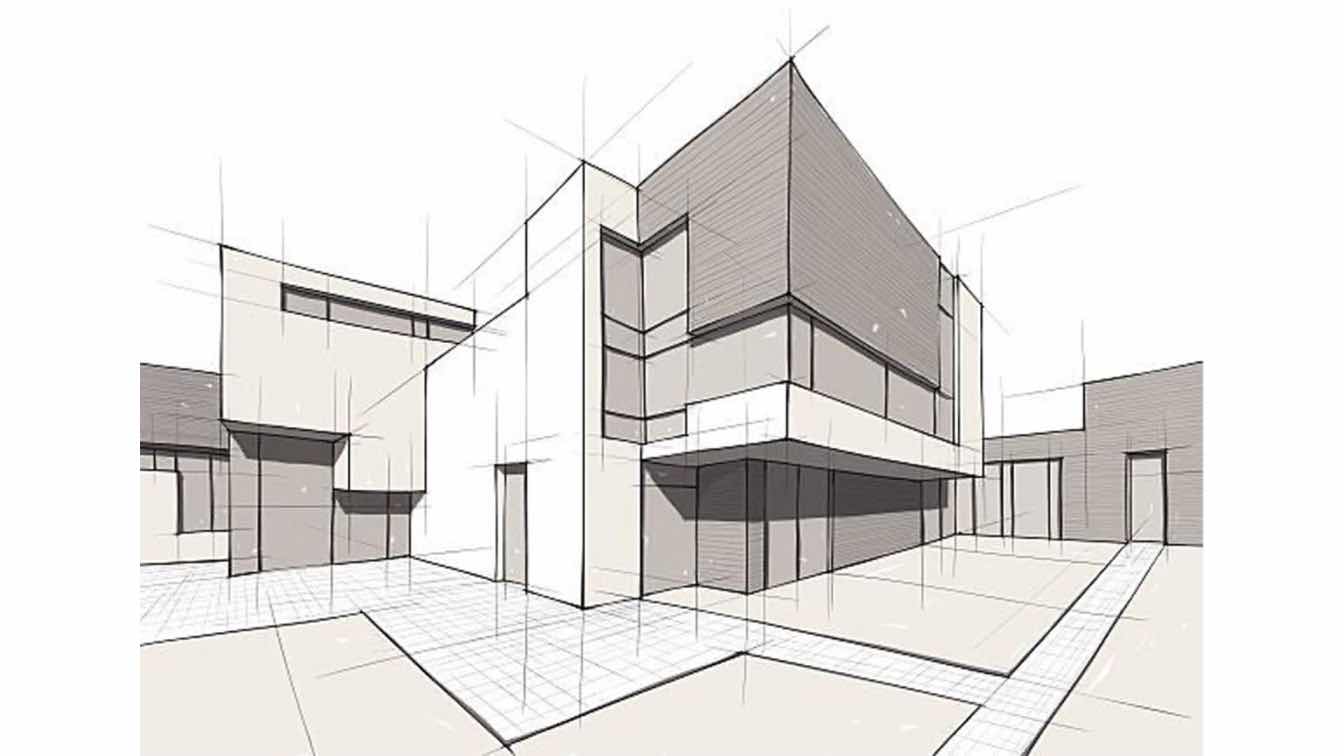Why CDA Architects Are Leaders in Architectural Layout and Technology
Why CDA Architects Are Leaders in Architectural Layout and Technology
Blog Article
Comprehending the Collaborative Process Between Architects and Designers in Modern Building Projects
The collaborative procedure between architects and engineers is crucial in contemporary building jobs, as it harmonizes style intent with engineering feasibility. This partnership not only influences the visual and practical aspects of a job but additionally plays an important role in resolving sustainability difficulties. By employing efficient communication approaches and leveraging advanced modern technologies, such as Structure Information Modeling (BIM), teams can work a lot more cohesively. The ins and outs of this cooperation often existing distinct challenges that can impede progress. Discovering these dynamics discloses insights that can considerably impact job outcomes and general industry requirements.
The Importance of Partnership
The joint synergy between designers and designers is important for the successful understanding of any construction job. This collaboration combines distinct experience and perspectives, allowing the combination of cutting-edge layout with practical engineering services. By functioning with each other, engineers and designers can ensure that a project not only satisfies aesthetic and practical demands yet additionally complies with safety, sustainability, and budgetary constraints.
Collaboration fosters a shared vision, helping with the positioning of goals and expectations from the outset. This alignment is important in attending to prospective difficulties and mitigating dangers that can emerge throughout the task lifecycle. In addition, a joint strategy permits the effective allowance of resources, enhancing both time and cost.
The importance of cooperation reaches the repetitive process of design and building and construction, where responses from designers can inform architectural choices, bring about more feasible and lasting layouts. On the other hand, architects can inspire designers to believe creatively concerning exactly how to achieve architectural stability without compromising imaginative intent. Ultimately, the collective relationship in between architects and designers is not simply beneficial; it is basic to the development of top quality, useful, and ingenious built atmospheres that meet the demands of society.
Interaction Techniques and Devices
Effective communication strategies and tools are essential for promoting cooperation between engineers and engineers throughout the job lifecycle. Developing clear channels of interaction is necessary to guarantee that all employee are straightened with job purposes, timelines, and duties. Normal conferences, both in-person and online, give possibilities for stakeholders to go over progress, address concerns, and make educated decisions.
Making use of job monitoring software program, such as BIM (Building Details Modeling) systems, improves collaboration by making it possible for real-time sharing of style modifications and technological requirements. These devices help with openness, permitting architects and engineers to imagine adjustments and analyze their effect on the overall job.

Shared Objectives and Job Vision

Developing shared objectives entails open dialogue and a detailed understanding of each self-control's payments. Architects normally concentrate on style intent, spatial partnerships, and user experience, while engineers stress structural stability, systems capability, and compliance with policies (cda architects). When these viewpoints are aligned, the result is a cohesive task that sticks to both creative ambitions and technological feasibility
Furthermore, a distinct task vision fosters accountability among staff member, urging each individual to take ownership of their role in accomplishing the preferred result. Normal check-ins and joint workshops can further reinforce this commitment, permitting modifications to be made as the job progresses. Inevitably, a common vision not just boosts synergy yet additionally elevates the quality of the final deliverable, leading to successful project completion.
The Role of Technology
Leveraging innovation has actually become vital in boosting collaboration between architects and designers. Building Info Modeling (BIM) stands out as a crucial modern technology, permitting both architects and designers to create comprehensive 3D models that encapsulate style intent and architectural honesty.
Moreover, cloud-based platforms enable seamless partnership, enabling job stakeholders to accessibility and upgrade task information from anywhere. This fosters a culture of transparency and accountability, as changes can be tracked and evaluated in real-time. Furthermore, mobile applications additional improve communication, supplying on-site groups with instant access to job specs and updates.
Emerging innovations such as expert system and artificial intelligence are likewise beginning to contribute in predictive analysis, aiding groups recognize prospective problems before they arise. Ultimately, the duty of modern technology in architecture-engineering cooperation not just enhances workflow efficiencies yet additionally improves development, leading to even more effective job outcomes. By welcoming these technical improvements, architects and designers can make certain a much more cohesive and effective collective process throughout the construction lifecycle.
Instance Research Studies in Successful Collaborations
Various case researches show the extensive effect of effective collaborations between engineers and designers on project end results. One noteworthy instance is the partnership web link on the High Line in New York City City, where landscape designers, engineers, and metropolitan planners functioned together to change an abandoned railway into a lively public park. This multidisciplinary approach not just enhanced the visual quality however additionally guaranteed architectural security and ecological sustainability.
Another excellent instance is the style and building and construction of the Sydney Opera Home. The collaboration between designer JÃ ¸ registered nurse Utzon and structural engineer Ove Arup exhibited straight from the source innovative analytical. Their cooperation enabled the famous shell-like layout while dealing with intricate design challenges, eventually bring about a timeless architectural work of art.
The Burj Khalifa in Dubai better demonstrates the importance of joint initiatives. cda architects. The integration of design and design proficiency allowed the job group to attain unprecedented heights while sticking to safety and security laws and visual vision
These examples underscore the significance of interaction, trust fund, and shared purposes. In today's intricate construction environment, such partnerships are important to browsing difficulties and supplying tasks that fulfill both useful and visionary objectives.
Verdict
In verdict, the cooperation between designers click for more info and engineers is essential for the success of modern-day building and construction jobs. Effective interaction methods, a common job vision, and the integration of innovative modern technologies are vital components that promote this partnership.
Report this page